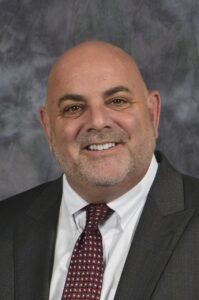Childcare Essential for Economic Recovery and on the Brink of Disaster
By Susan Brown, President and CEO of Kids Co.
Guest Blogger

There is no doubt amongst business leaders, elected officials, employers, and employees that without childcare, economic recovery will be virtually impossible. The harsh reality is that if childcare centers don’t get financial relief soon, families will have even fewer options for care when they feel it is safe to send their children again. The number of families who need care now is not enough to sustain childcare. And the child care businesses who do have savings to draw upon to stay open in the short term may still close as the pandemic continues.
Childcare businesses are struggling to stay open. The cost of care is higher than most working families can afford so childcare businesses are subsidizing that care at substantial losses. In March 2020 Kids Co. was providing care to 889 kids. As of today, there are 63 kids enrolled. Kids Co. is experiencing a nearly 100% decrease in enrollment. Kids Co. is not alone. Dozens of programs in Seattle are experiencing drastically low enrollment. Read More


